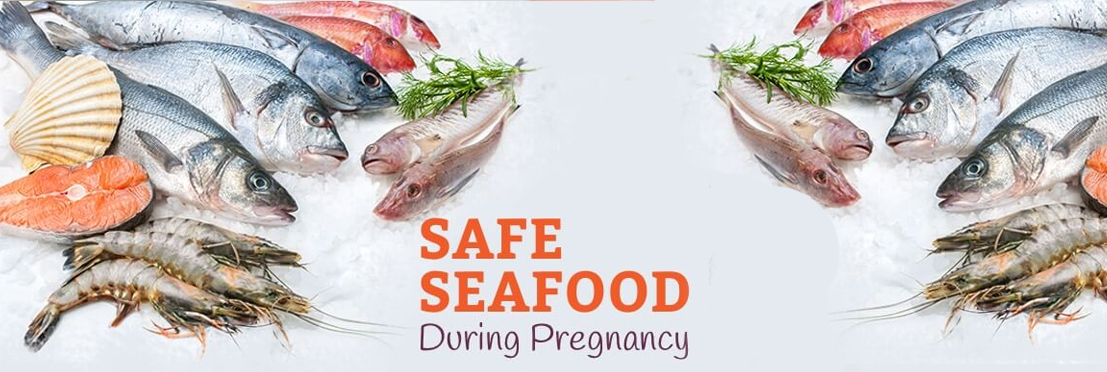
Wild Caught vs Farms Raised Lobster | Pros and Cons

Basic Knowledge About Lobsters
Lobster, a delectable crustacean found in both salty seas and freshwater bodies, is a highly coveted delicacy that has tantalized taste buds around the globe for ages. Renowned for its luscious, sweet flesh, lobster holds a special place in the realm of seafood cuisine, captivating palates throughout history. There exists a plethora of lobster species, but the American lobster stands out as one of the most beloved and extensively harvested. Lobsters boast a distinctive appearance, sporting a tough outer shell, ten legs, and formidable claws that serve both as protection and as tools for capturing prey.
Lobsters are usually found in rocky, coastal waters. They like to hide in cracks and holes on the ocean floor. They’re active at night and come out of their hiding spots to look for food. They eat small fish, mollusks, and other crustaceans. And they’re not picky eaters, they’ll go for whatever prey they can find.
Lobsters are famous for living a long time, with some of them sticking around for many decades. They take their time to grow, usually becoming adults when they’re around 5-7 years old, and they keep getting bigger as they age. Lobsters can vary a lot in size and weight, and some of them can get really huge, especially when they’re out in the wild.
Lobsters have this awesome ability to regrow their lost limbs. Whether they lose a claw in a fight or during molting, they can gradually grow a new one. Lobsters are more than just a delicious seafood. Understanding their biology and behavior reveals their unique qualities. They reside in specific habitats, have distinct feeding habits, and possess the extraordinary ability to regenerate lost limbs. These intriguing traits have fascinated seafood enthusiasts and marine biologists alike.
Economic Factors: Affordability and Availability
However, it is important to note that wild-caught lobster, although often considered a luxury item, can be more costly due to the difficulties associated with harvesting from natural marine habitats. Things like weather conditions, fishing regulations, and the unpredictable nature of wild populations can lead to fluctuations in supply and pricing. Consequently, wild-caught lobster may be less readily available and more expensive compared to farmed lobster.
When it comes to deciding between farmed and wild-caught lobster, economic factors like cost and accessibility are key considerations. Farmed lobster offers a reliable supply and potentially lower prices, while wild-caught lobster is often considered a premium choice, leading to higher prices and limited availability. It’s important for consumers, businesses, and policymakers to weigh these economic factors when making decisions about which type of lobster to choose.
Comparing The Environmental Impact: Farming vs Wild Catching
Knowing the environmental effects of farmed versus wild-caught lobster is vital in making informed decisions about sustainable seafood. By understanding the ecological consequences of lobster sourcing, consumers and industry players can actively contribute to the conservation and responsible stewardship of marine resources.
Comparing Taste And Texture:
Lobster Welfare and Ethical Considerations
Short Summary: Wild vs Farm Raised Lobster Pros and Cons
Wild Caught Lobster:
Pros:
- Natural taste and texture: Wild-caught lobsters are often considered to have a more authentic and flavorful taste compared to their farm-raised counterparts.
- Sustainability: By consuming wild-caught lobsters, you are supporting sustainable fishing practices that help maintain the balance of lobster populations in their natural habitats.
- Environmental impact: Harvesting lobsters from the wild can have less environmental impact compared to intensive farming practices associated with aquaculture.
- Variety and diversity: Wild-caught lobsters offer a wider range of sizes, colors, and flavors, as they come from different regions and habitats.
Cons:
- Availability and seasonality: Wild-caught lobsters are subject to seasonal variations, meaning they may not be as readily available year-round compared to farm-raised lobsters.
- Price fluctuations: Due to factors such as weather conditions and availability, wild-caught lobsters can sometimes be more expensive than farm-raised lobsters.
- Uncertainty in quality and size: Since wild-caught lobsters come directly from their natural habitats, there can be some variability in terms of quality, size, and consistency.
- Potential impact on lobster populations: Overfishing or unsustainable harvesting practices can have negative effects on lobster populations and the overall marine ecosystem if not properly regulated.
Farm Raised Lobster:
Pros:
- Availability: Farm-raised lobsters are typically available year-round, providing a consistent supply for consumers.
- Controlled environment: Lobsters raised in aquaculture facilities are kept in controlled environments, which can result in more predictable growth rates and sizes.
- Price stability: Farm-raised lobsters often have more stable prices compared to wild-caught lobsters, as they are not subject to seasonal fluctuations or unpredictable weather conditions.
- Reduced impact on wild populations: By consuming farm-raised lobsters, you can help alleviate pressure on wild lobster populations and support sustainable aquaculture practices.
Cons:
- Potential for lower flavor and texture: Some people argue that farm-raised lobsters may have a slightly different taste and texture compared to their wild counterparts.
- Environmental concerns: Intensive aquaculture practices can have environmental impacts, such as water pollution and the use of antibiotics or chemicals.
- Lack of natural variety: Farm-raised lobsters may not offer the same range of sizes, colors, and flavors as wild-caught lobsters.
- Dependency on farmed food: Farm-raised lobsters require feed that is often made from wild-caught fish, which can contribute to overfishing of other species.


How to Crack Lobster | Tips and Tricks

Sustainable Seafood Practices: From Ocean to Table

Common Seafood Mistakes To Avoid In The Kitchen

Seafood Balanced Diet: Tips for Healthy Eating




